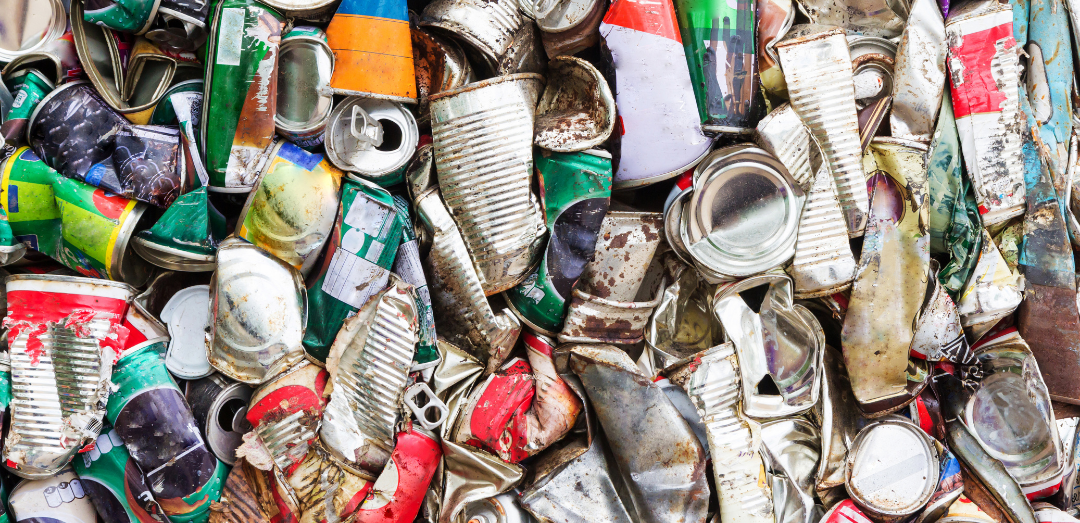
One of the most common questions I am asked as a Zero Waste educator is, “Why is recycling so complicated? It is so confusing!”
Each city, town, and municipality seems to have its own recycling system and rules. For instance, if you live in an apartment building and the owner does not pay for recycling services, you are forced to handle recycling yourself. The same applies if your city doesn’t invest in recycling initiatives that make a difference.
Why is this? How can cities have their own rules or not include recycling education?
Local issues
Local communities need to strategize differently. One of the programs that I am looking into is called the Master Recycler Program, a program teaching people how to build better recycling habits and strategies in their own neighborhood.
We cannot do this alone. It cannot be educators alone or facilities alone. It requires a collaborative effort of like-minded individuals from all walks of life. Statistics show that educational programs alone are not enough to change our current recycling culture.
National Change
We need a national program that has the same recycling rules and labeling regardless of what neighborhood you live in.
So, how do we address these major issues? Thankfully, two programs offer well-thought-out solutions: Recycle Right Across America and How2Recycle.
Recycle Right Across America
We need a national program that has the same recycling rules and labeling regardless of what neighborhood you live in.
So, how do we address these major issues? Thankfully, two programs offer thoughtful solutions: Recycle Right Across America and How2Recycle.
Recycle Right Across America is a non-profit organization advocating for uniform recycling labeling in the United States.
How can a simple label become a lasting solution? Two ways: language and branding. The New York Times has referred to Recycle Right Across America’s initiative as “one of the most important environmental fixes taking root today.”
Founder Michelle "Mitch" Hedlund designed, proposed, and created a standardized labeling initiative, which she presented during her keynote presentation to the executive committee at the 2009 SWANA Recycling Conference.
Their approach is simple: showcase celebrity-led PSA campaigns, titled ‘Let's recycle right!’, that inform and inspire the general public to understand the value of labeling, cohesion, and common language.
What makes this approach more effective than other options? Because the directions are the same without deviation. No matter where you recycle or what you recycle, the steps and knowledge to do so remain the same.
Humans crave predictability and routine. Recycling needs to adapt to our way of life, or it is doomed to fail. This system delivers informed and consistent messaging which results in greater recycling success. For sustained behavioral change, this will require more hands-on solutions using community-based social marketing and a master recycling program.
How2Recycle
Another organization leading proper labeling and disposal is How2Recycle. The How2Recycle began in 2008 as a project of Sustainable Packaging Coalition, a membership-based collaborative that believes in the power of industry to make packaging more sustainable. Then, in 2012, How2Recycle evolved into today’s organization.
How2Recycle consists of two parts: manufacturing and communication.
Manufacturing: companies who join How2Recycle learn how to develop and manufacture completely recyclable packaging.
For example, lotion bottles. A lotion bottle is predominantly plastic except for the metal spring residing in the pump. That metal spring makes the pump head non-recyclable because the metal and the plastic are recycled separately. If they are not separated in advance, then both go into the landfill. How2Recycle consults with the manufacturer on how to identify and solve issues.
Communication: Create and implement clear instructions for consumers on recyclable packaging. Instructions include basic information about the recyclable packaging itself as well as proper methods or locations to recycle it.
How2Recycle’s mission is simple yet so effective: take the guesswork out of recycling and get more materials into recycling bins everywhere. Their labeling system follows the guidance of the US Federal Trade Commission and Competition Bureau Canada.

The recycling label informs the consumer if the material falls into one of four categories:
- Widely recycled
- Check locally
- Not yet recycled
- Store drop-off
I find How2Recycle’s format particularly helpful at describing the components of the packaging and what to do with each part of the packaging.
The label displays additional directions for preparing materials before recycling, a website for more information, the packaging material, and which specific parts of the packaging can be recycled. Informative, clear, and simple.
Better labeling means better recycling
An important direction both Recycle Right Across America and How2Recycle organizations are moving towards is improving the quality of recycled materials. You can read the How2Recycle Guide to Recyclability here. When member companies of How2Recycle make all the parts of their products recyclable, along with instructions on how to recycle, this increases the chances for proper placement. Appropriate recyclable labeling improves accurate reclamation.
There is a huge demand for used materials to be used as part of new packaging materials of products. There is often not enough supply to fill that demand as more and more corporations set higher sustainability goals by increasing the amount of recycled content in their products.
Takeaway action items
- Start looking for the How2Recycle label and follow the instructions on recycling in your area.
- Share this new knowledge with family members and friends.
- Send an email to your local municipality and ask them to participate in the Recycle Right Across America campaign by properly labeling the waste bins in your community.
- Ask your workplace to follow the Recycle Right Across America campaign.
We are in this together. Let's Go Green.

